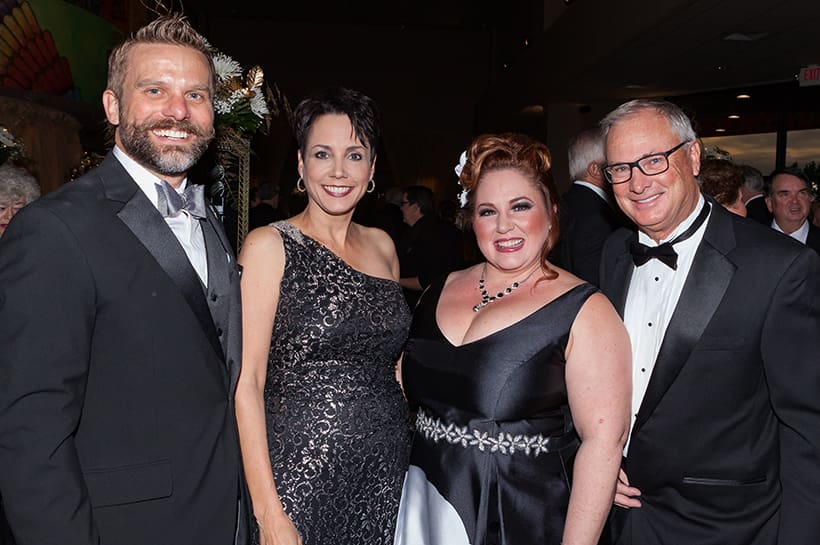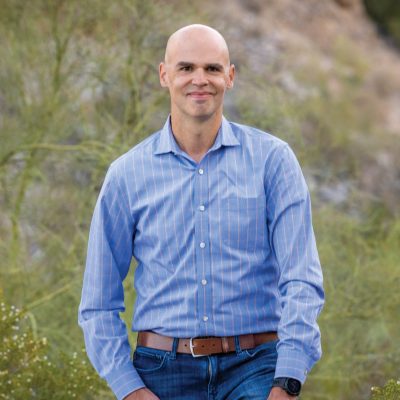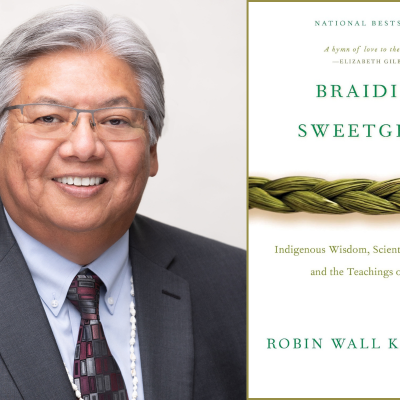AZ Universities Strive to Add Arts to STEM


By Jamie Killin
While the education system continues to barrel toward a STEM future, science, technology, engineering and math that is, many educators are calling for a full STEAM ahead approach by adding art back into the mix.
This dogma isn’t restricted to primary school education where public schools are seeing arts programs diminish with budget cuts either — universities are taking notice as well.
“We need the arts to spur the continued growth of creativity in other areas of the university,” said Valerio Ferme, dean of Northern Arizona University’s College of Arts and Letters. “There has been much talk about turning the need for our students to focus on STEM, science, technology, engineering and math into STEAM, where the A stands for arts. Moving forward, I would like the university to explore how we can do this more, because I think that having our scientific minds be open to the arts might help them be more creative.”
This isn’t the opinion of just one leader in education either, Lisa Pierce, the director of marketing and development at the University of Arizona echoed Ferme’s sentiment.
“As our education system increasingly puts an emphasis on science, technology, engineering and math, all noble pursuits and very much needed, we must not forget about the importance of art. We need to put the STEAM back in STEM,” she said.
While art in itself is undeniably important to any culture, many argue that it’s also integral to the success of its competing subjects, like math and technology.
“I want to point out that Steve Jobs, the founder of Apple, always emphasized that technology without creativity and the arts would be stale and not produce the kind of ‘cool’ products that have made Apple the company it is,” said Ferme.
This integration of art and technology is a driving force in bringing the arts to the forefront of a community’s attention.
“Fundamentally we believe design and art — designers and artists — must be much more central to public life,” said Sarah Hough, Herberger Institute for Design and the Arts’ director of communications and strategy. “They must move off stages and out of studios and forcefully deploy their creativity across many sectors and platforms.”
Much of this movement is coming directly from the universities themselves, through the construction of college-sanctioned public museums, their alumni and faculty.
“The impact that Herberger Institute alums and faculty have made and continue to make on the greater Phoenix area is incredible, and we’re so proud of them,” said Hough. “In the arts organizations, in the theatre companies, at design firms, working in the museums, in both private and civic environments, behind almost every compelling nationally recognized arts project in the Valley, you’ll find ASU alums, faculty and students.”
Arizona’s universities have their sights set on more than just their immediate community as well — with ambitions of elevating their arts programs to the prestige of the Ivy Leagues.
“I would also love to see the UA Theatre program in its entirety reach number one status and rise above UCLA, NYU, Yale, Julliard and other university programs in the United States,” said Pierce. “Goodness knows, we have the talent and lofty productions that can compete!”
Arizona State also sees values in creating a global name for itself with the Herberger Institute, which has placed an emphasis on design, creativity and of course, innovation.
“The Herberger Institute is the largest, most comprehensive design and arts college in the nation and consists of five schools — the School of Art, the School of Arts, Media and Engineering, The Design School, the School of Film, Dance and Theatre, the School of Music — plus the ASU Art Museum,” said Hough.
The leaders of these programs hope that their impact will serve a larger good, giving the community an outlet to reflect on their own experiences and connect with other cultures.
“Theatre is a cultural space where society can examine itself in a mirror,” said Pierce. “It has long been considered as a laboratory in which we can study the problems that confront us and attempt to solve those problems. Simply participating as an audience member teaches us about people, places and ideas to which we would not otherwise be exposed. It helps us with globalization; to understand people from different cultures, and in turn, be more accepting of them after learning more about their performance traditions.”





